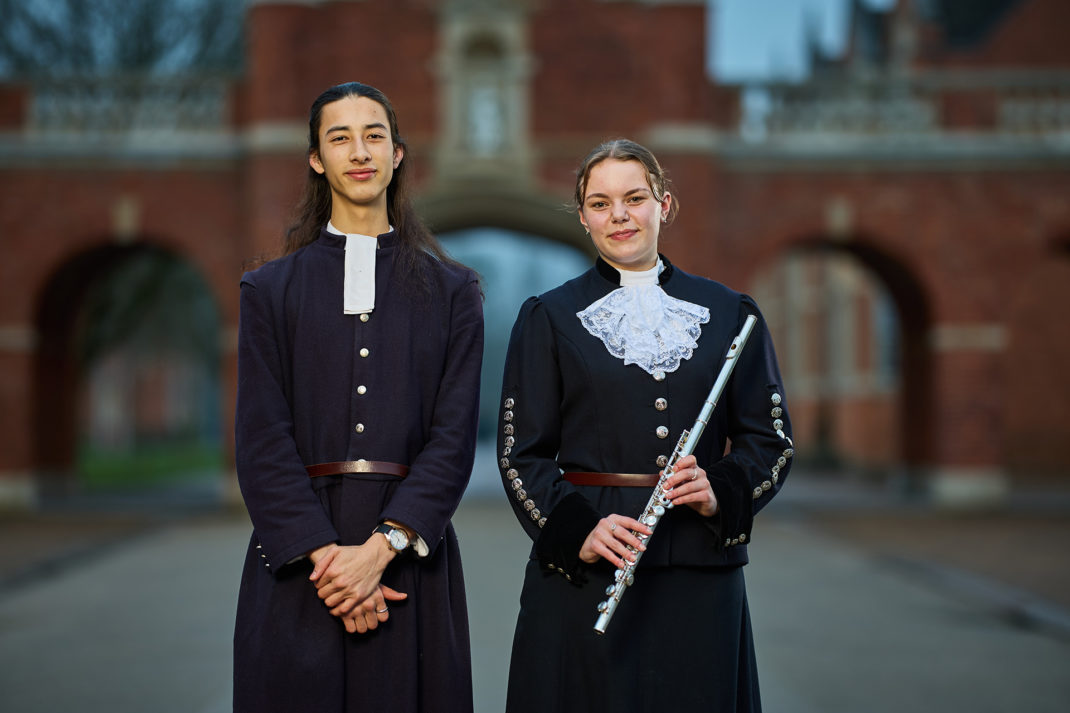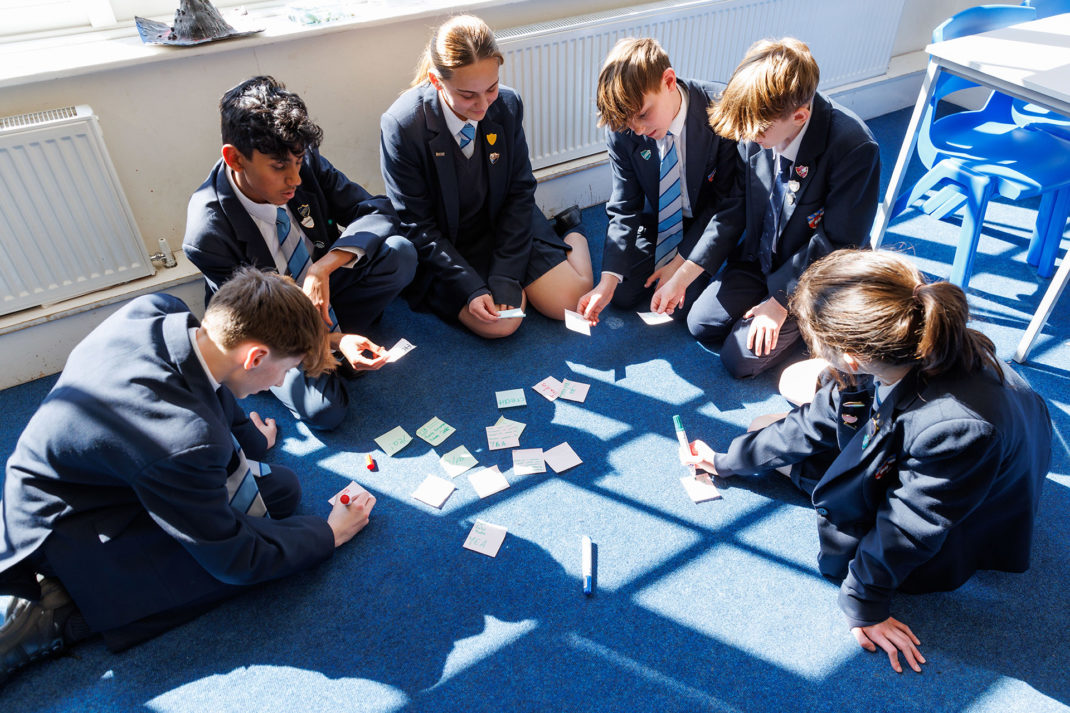Double Strength
By
3 years ago
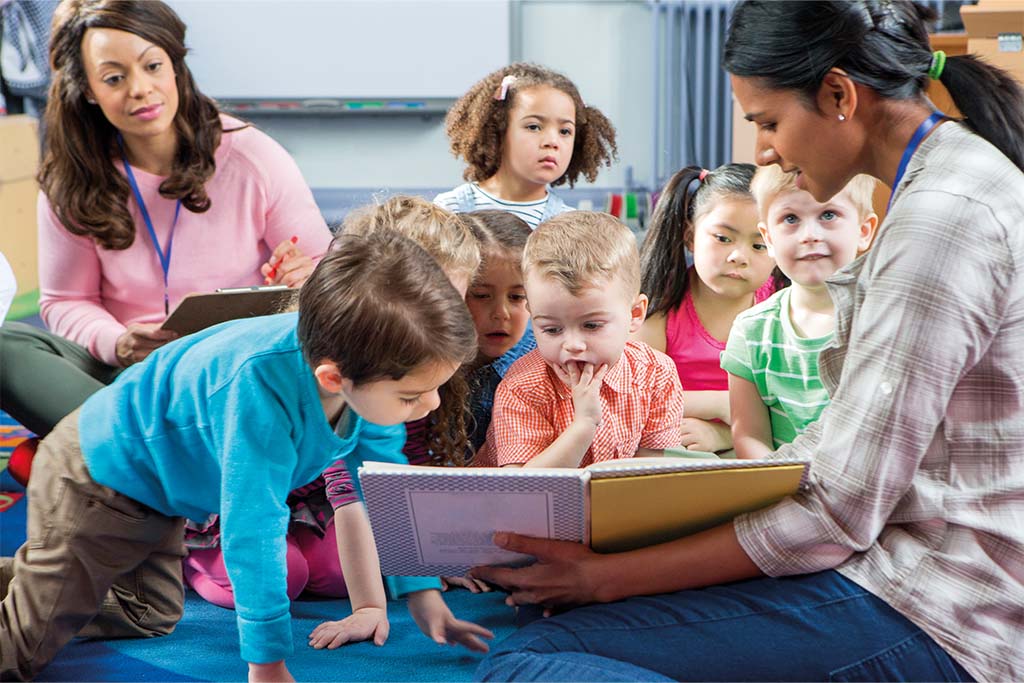
Bilingual nurseries are in high demand, as parents look to encourage learning new languages at an early age, finds Victoria Lambert
Encouraging a child to grow up multilingual, in our ever-connecting world, is not just practical parenting. Studies show that learning a second language at a young age helps the brain by improving attention and helping to build focus and confidence.
And there is no better time to start than nursery: two Cornell Language Acquisition Lab (CLAL) researchers noted that the earlier a child learns a second language, the more likely they will quickly attain native-level language proficiency.

No wonder parents are increasingly looking for nurseries that can offer an immersive second language experience.
The first Hatching Dragons (bilingual Mandarin-English) was launched in 2015, during what was then described as the ‘Golden Age’ of UK-China relations under the Cameron-Osborne administration. Founder Cennydd John explains that at the time, the Government had announced their Mandarin Excellence Programme – a goal to reach what they defined as 10,000 fluent speakers of Chinese by 2025 – and had pushed Mandarin within the curricula frameworks of schools.
Since then, John says, Hatching Dragons has educated more than 650 families, with over 80 per cent of families placing its language and educational programme as the principal reason for joining the school.
John puts that enthusiasm down to a number of reasons. ‘Firstly, perhaps a tacit acceptance of China’s emerging importance on the global stage and the critical importance for the next generation to develop a greater level of understanding of the country as a whole. And, secondly, because of the growing appreciation of the importance of language immersion in the early years and what it can do for developing minds.’
In south-west London, Mandarin Ducklings also offers a bilingual Mandarin-English setting, with Montessori principles and an emphasis on outdoor learning, too. Founder Liya Rickards says parents are attracted to the blend of all three elements and there is no need to have a Mandarin speaker at home for learning to be successful.
Indeed, if a third language is spoken at home – such as French or Russian – that can even make the experience easier. ‘Children who speak two or more languages at home,’ says Rickards, ‘generally are better with their listening skill, and quicker to grasp the pronunciation of the new language compared to the children from monolingual family background.’
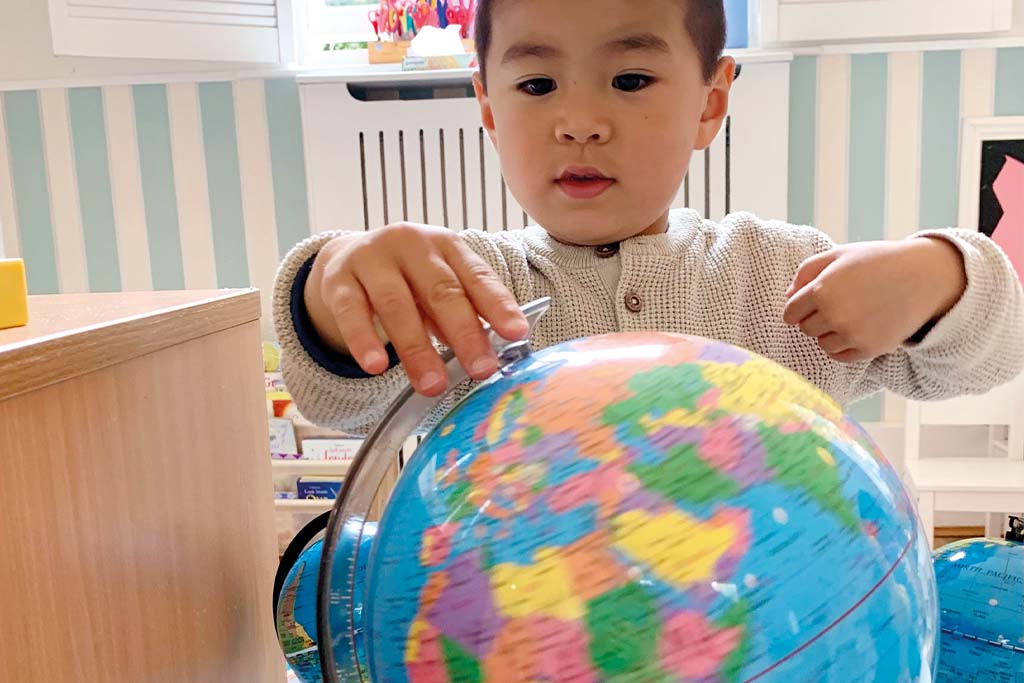
At Phileas Fox Nursery School, children learn English, and then a choice of French, Mandarin or Russian. ‘Some parents choose two,’ says Founder Evgenia Lazareva. ‘But children hear all languages, they sing songs together and celebrate important cultural events.’
Caroline Negre of the French-English Raphael Nursery School points out that for many parents – regardless of their native country – the idea of a plurilingual setting is part of the attraction. ‘They like the idea of their sons and daughters evolving in a setting where more than one language is spoken.’ Especially perhaps if it does not include that spoken at home; Raphael parents have included Italians, Greeks, Russians and Romanians.
Hatching Dragons attracts a mix of nationalies and says that about 50 per cent of its families identify with no Chinese cultural heritage at all. John agrees that the presence of a third language helps. ‘Most of our bilingual children rapidly acquire Chinese (or English) if they have more than one language spoken at home, principally because they are already cognitively primed to code switch in the way second or tertiary languages require. It is the monolingual child (who comes from a monolingual household) that needs to commit the most time and start the earliest, in our experience.’ He recommends those children start at six months (pre-verbal) to allow staff to familiarise the child with the sound and interaction in the second language.
One of Hatching Dragons’ earliest intake was a girl with a French-Algerian father, an American-born Chinese mother and a Portuguese nanny who had cared for her from birth. Having already attended an English nursery school, the girl could speak Mandarin to her mother, Portuguese to her nanny, French and Arabic to her dad (albeit jumping between the two) and English to John. ‘When I told her how amazing it was that she could speak four languages, she asked me what a language was. The secret was consistency – dad never spoke English to her, neither did Mum nor the nanny. If they’re reading this, I’m still blown away.’
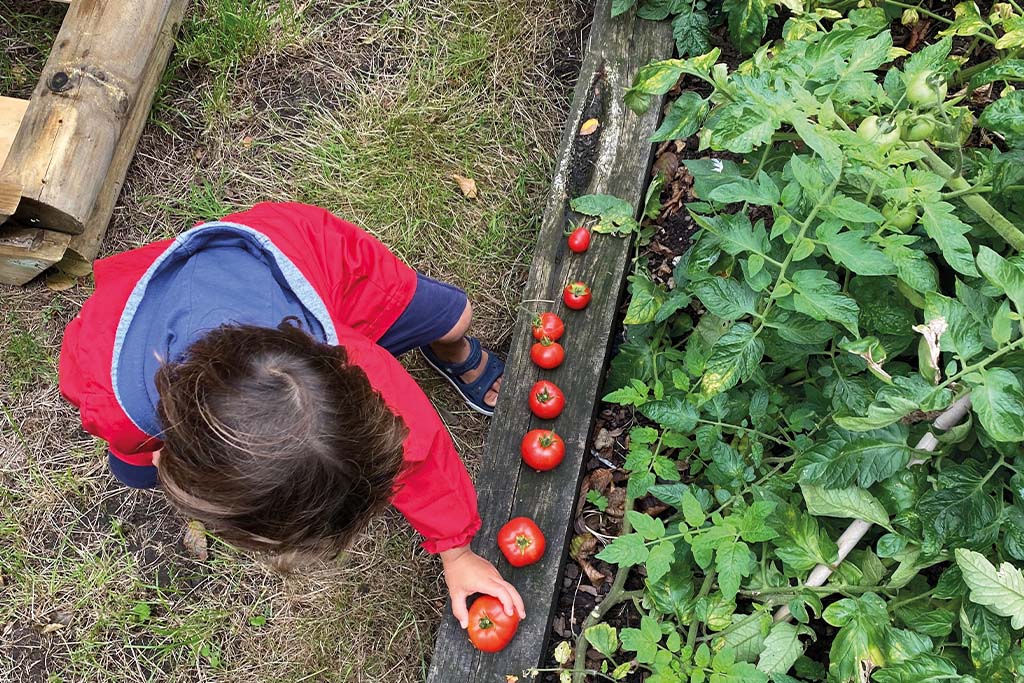
At Oval Nursery in London, Louise Norwood has cared for children who come to her to be immersed in English, which gives her a fascinating insight into how fast a different tongue can be picked up. She recently offered to host Ukrainian refugee children – and now has three in her classroom, supported by a young woman who also fled the country.
While Norwood is grateful to have found some bilingual story books in English/Ukrainian, good bilingual learning needs to be threaded throughout the day and the curriculum.
At Mandarin Ducklings, daily language activities are conducted in an age-appropriate, fun and interactive way with both English and Mandarin spoken in the environment by different staff. ‘Children need consistent exposure to the languages through fun interaction with people they trust and enjoy spending time with,’ explains Rickards.
The secret she says is social interaction: ‘Children are able to learn any language as long as it is exposed in their environment consistently. The bond with the teachers is also an important factor.’
Hatching Dragons offers a similar model – what John describes as 50:50; the alternative is 90:10, in terms of the balance of time and exposure to primary and secondary languages. ‘The 90:10 is a bit ‘shock and awe’,’ says John, ‘and is intended to maximise exposure to the second language so that the child has no choice but to adapt.
‘But for us, we choose 50:50, meaning that the children get equal exposure to both Chinese and English over the course of their 10-hour day with us.’ Children are assigned a primary and secondary key worker teacher, one English and one Mandarin-speaking; those two teachers only ever speak their native tongue to the children throughout the course of their day.
John adds: ‘To embed long-term application of language, you need to apply it to context, and for children (and adults) that is something we enjoy doing. So we use language to communicate and interact during arts. We do so during sports class, or story time, or cookery club, or music and rhyme, or dance club and we use flash cards and media to scaffold language. There are other techniques – makaton and baby sign help us develop a uniform symbology that underlines the commonality of meaning of a particular word (said in Chinese or in English) – if the sign is the same and the children grasp that, then we can use it as a useful tool to structure their language learning.’
There’s no one way to learn, Norwood says. ‘Some children simply jump in and start experimenting with the new language. Unsurprisingly, it is rarely helpful to intervene directly to correct a child’s grammar or pronunciation at this stage of early exploration; surrounded by rich models of the target language, they will soon develop in fluency as well as accuracy.
‘Other children however adopt a different approach, listening and absorbing without speaking much (if at all), sometimes for weeks or even months.’ As long as the child is content and attentive to their environment this is nothing to be concerned about, she points out; ‘They are absorbing language all the time and will speak when they are ready, sometimes going from beginner level to producing full sentences in one leap. As ever, the best approach is to follow the child.’
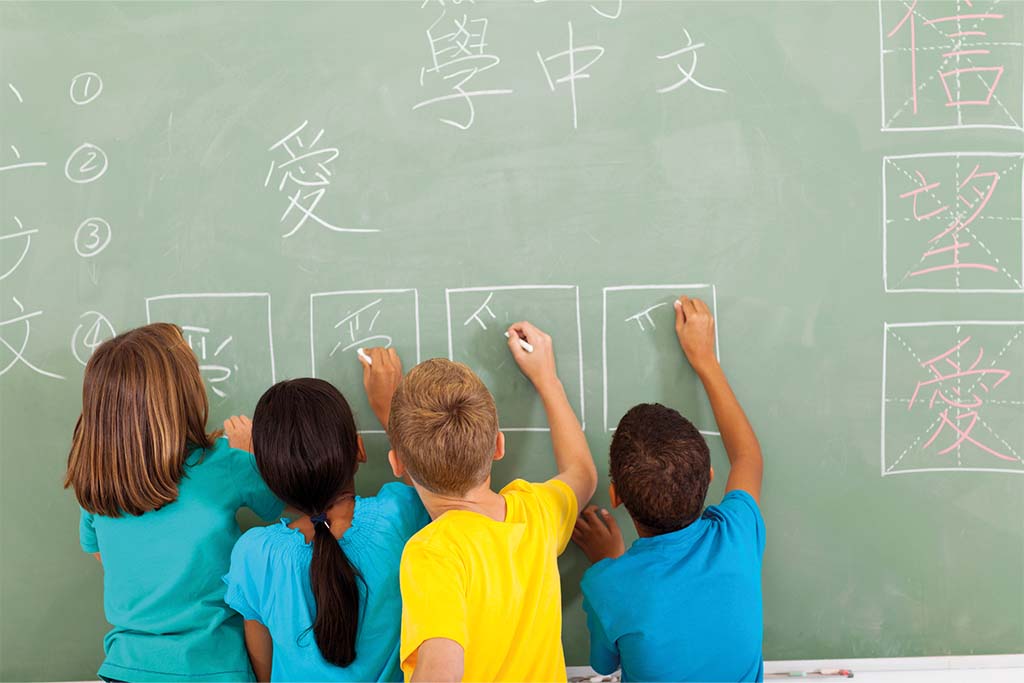
How do British nursery children communicate with those for whom English is not the first language? ‘They just talk and use gestures,’ she says. ‘Such as smiling, eye rolling, crying, head shaking, shoulder shrugging, frowning, death staring, thumbs up, thumbs down. Each of these nonverbal gestures speaks volumes!’
And what do they find hardest? John says: ‘Every child faces their own developmental hurdles and challenges, with no two little ones the same. Individual differences do account for many of the struggles they face, as they would in a monolingual environment. Similarly, they each excel and exceed at their own pace. What is true across the board though, is that our children graduate from our nursery, with fluency in both languages, and are ready and prepared to take on primary school with ease!’
Evgenia Lazareva agrees: ‘Absolutely all children can do it. They are sponges at this age – you have those who are the loudest singers and answer all the questions, and others who are more shy, still quietly participating and enjoying it in their own way.’
Choice comes into it too, says Caroline Negre. ‘Some concentrate on their home language and English, and ignore what they don’t want to learn. If they find a situation difficult, they will use the words from the language that is easiest at that point.’
She points out that children are eminently adaptable. ‘Between themselves, they use lots of different languages – not just verbal but in terms of showing or bringing items to each other. It’s not always
about words.’ Most important, Negre says, is the relationship between child and teacher; ‘Personality matters more than the language.’
It’s noteworthy that bilingual nurseries are often Montessori based, too. Norwood explains: ‘Correct terminology is used as a matter of course in the Montessori classroom, it is naturally rich in vocabulary.’
She says: ‘A trademark of Montessori education is the three-period lesson. It is a method all Montessori teachers use to present new vocabulary and concepts to a child that involves three key steps: naming, recognition, and recall. It is an ideal way to introduce new words to non-native speakers as it takes them in a focussed way from passive knowledge (stage 2, where the child demonstrates understanding but does not actually produce the new word/s) to active knowledge (stage 3, where the child produces the new vocabulary). With children with English as an additional language, we will find out their interests and focus on vocabulary in those areas so that the child is more readily engaged.’
As Montessori materials tend to be concrete objects, Norwood points out, children learn through action: new language can be readily absorbed using this multi-sensory approach because the child is activating many of their senses as they engage with the materials. Whether they are primarily auditory, kinaesthetic, or visual learners, by engaging their senses and using their hands to manipulate objects, children’s experiences naturally become committed to memory, along with the language that is used to describe them.
Cennydd John adds: ‘For us and for many of our families, there is something more than just the transaction of developing language skills: it is about developing adaptability, linguistic and cultural, and the benefits that come with it, from an early age. There is magic in that, I think.’
Read more:
The Culture Kit | Halloween Reading Guide

